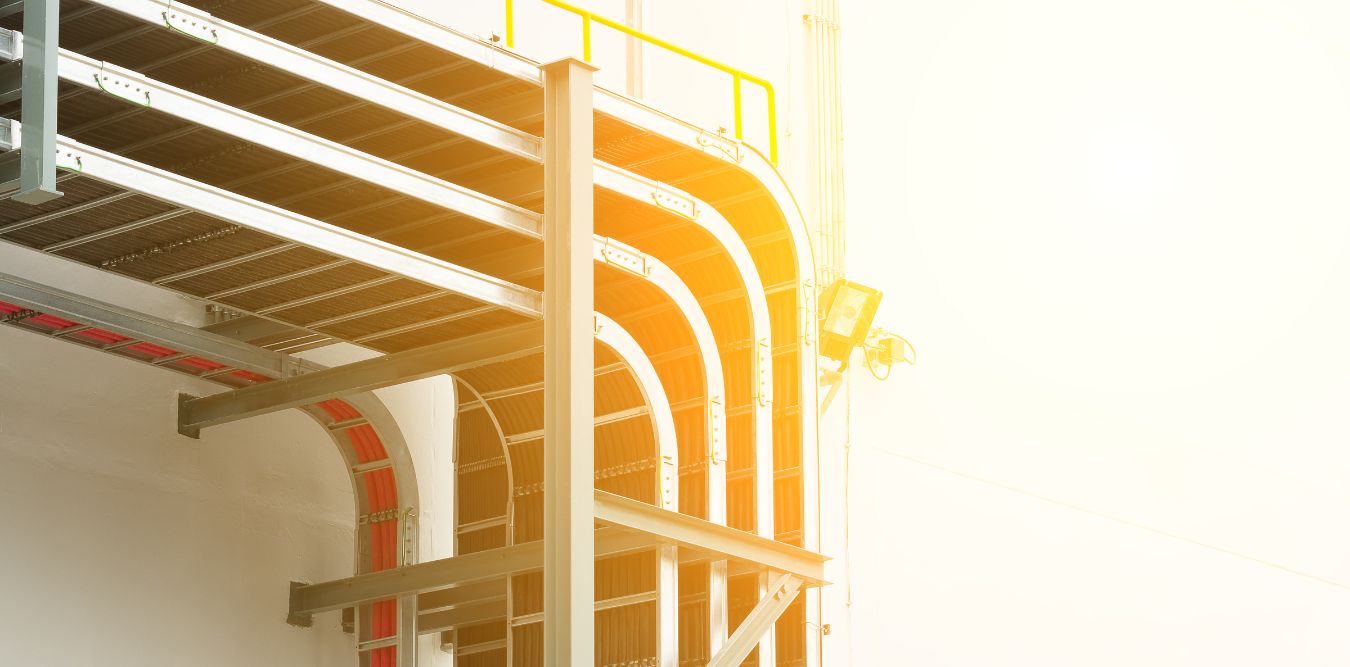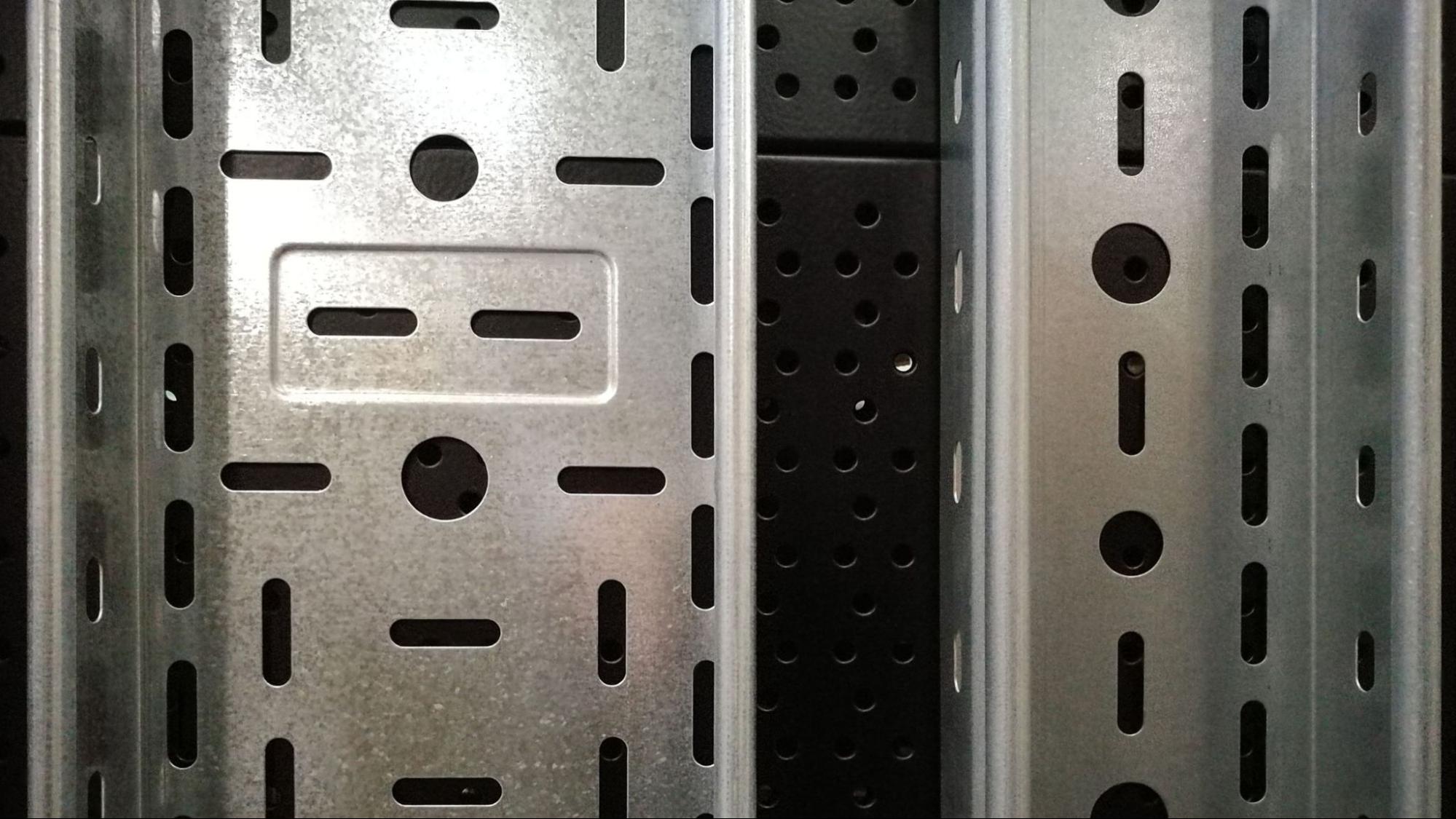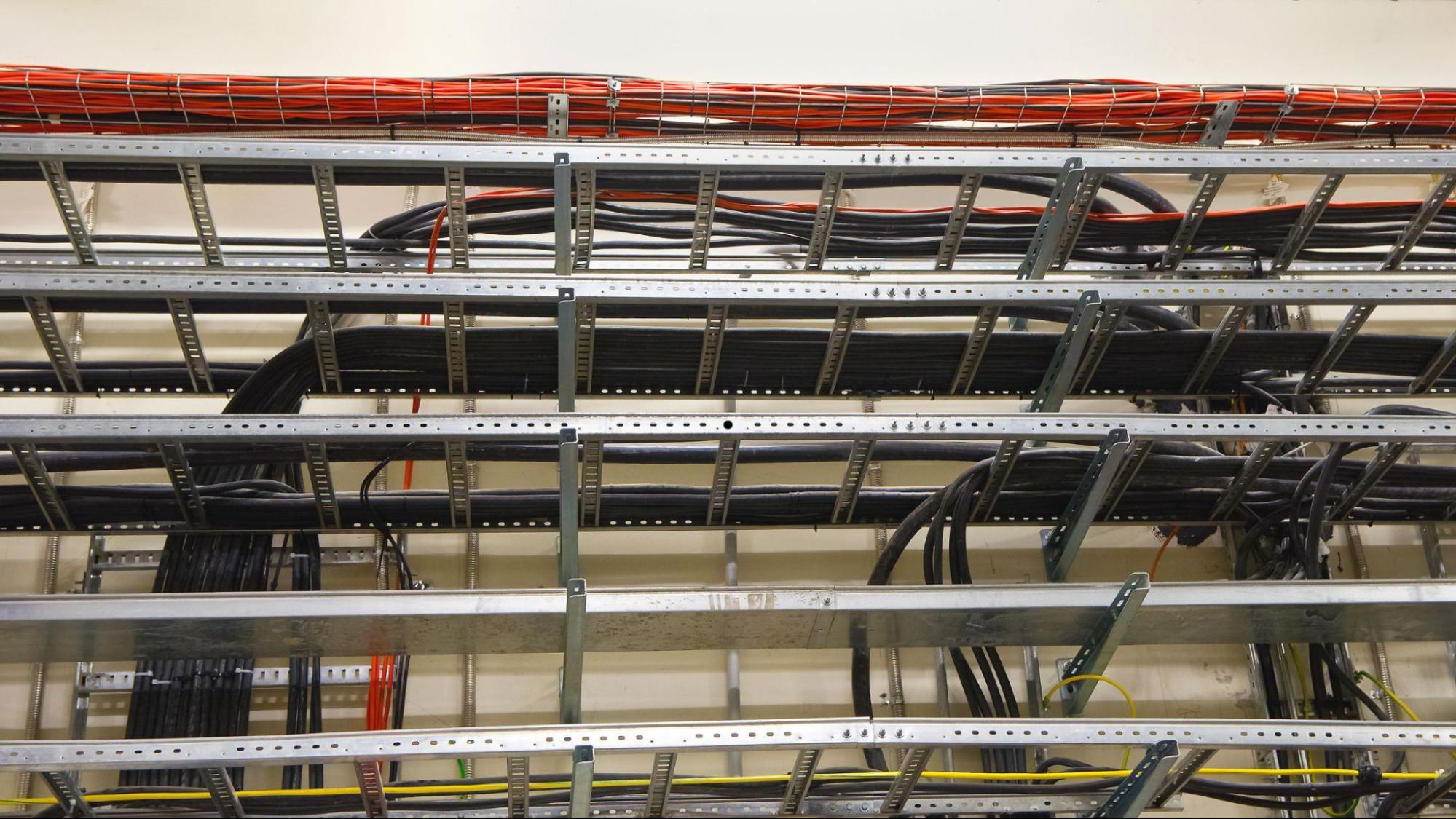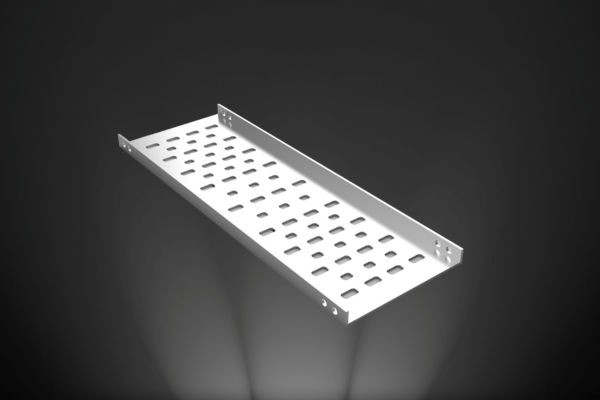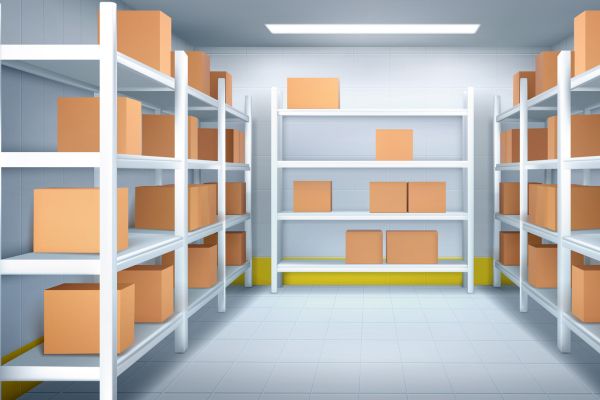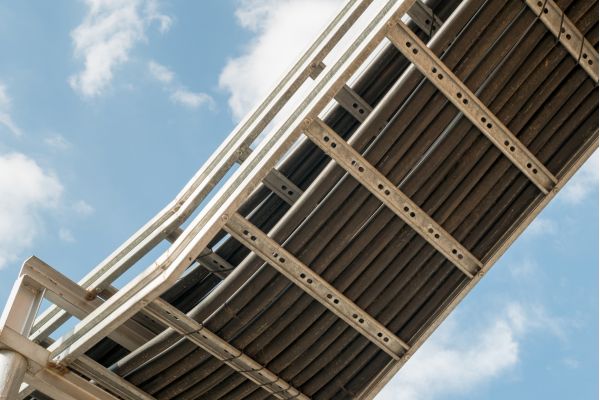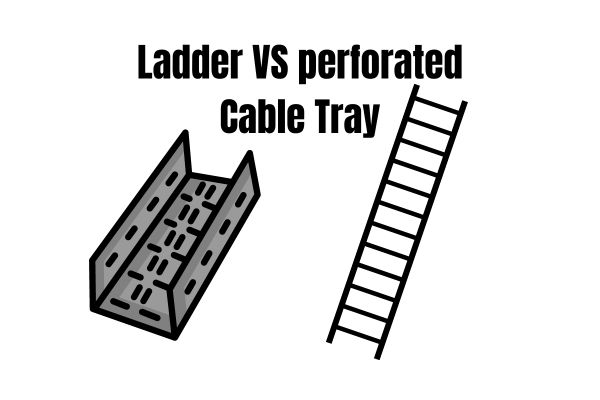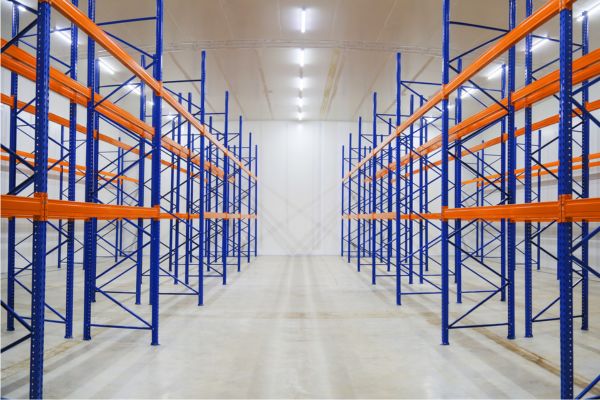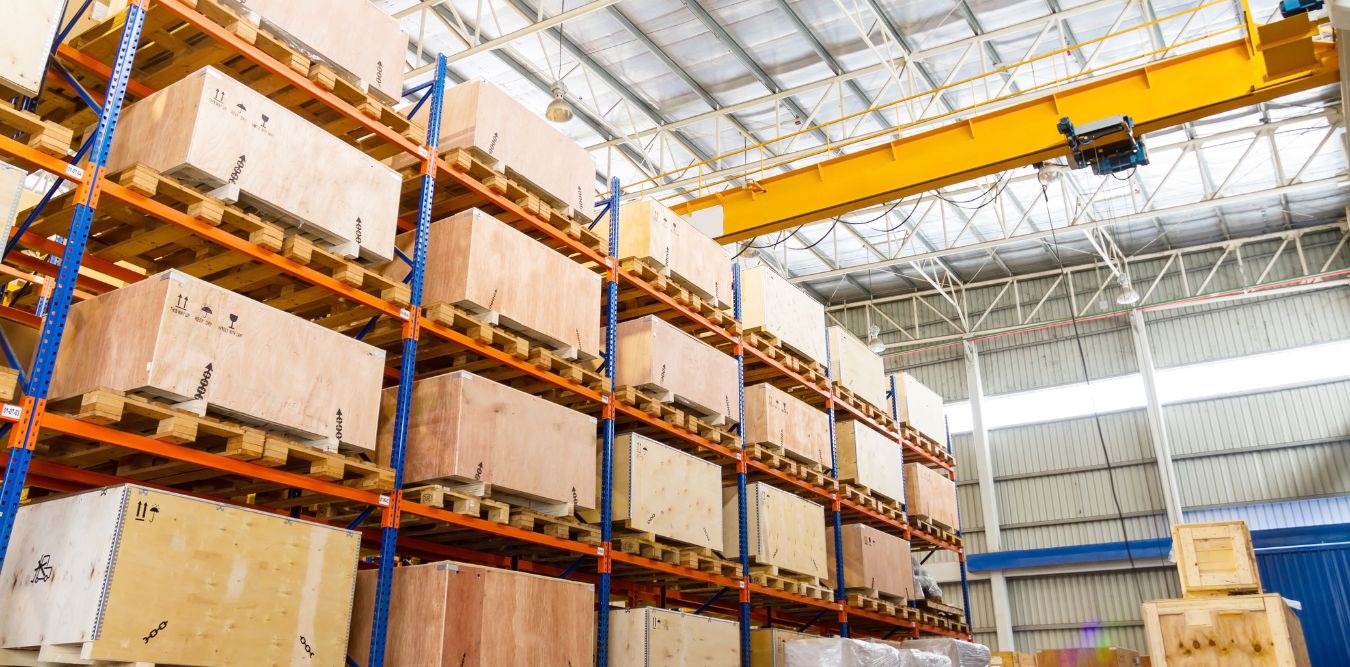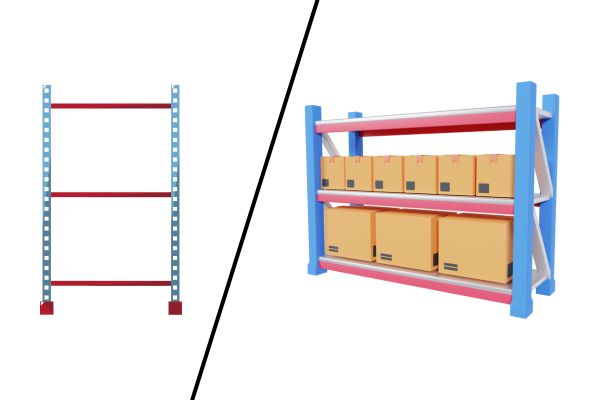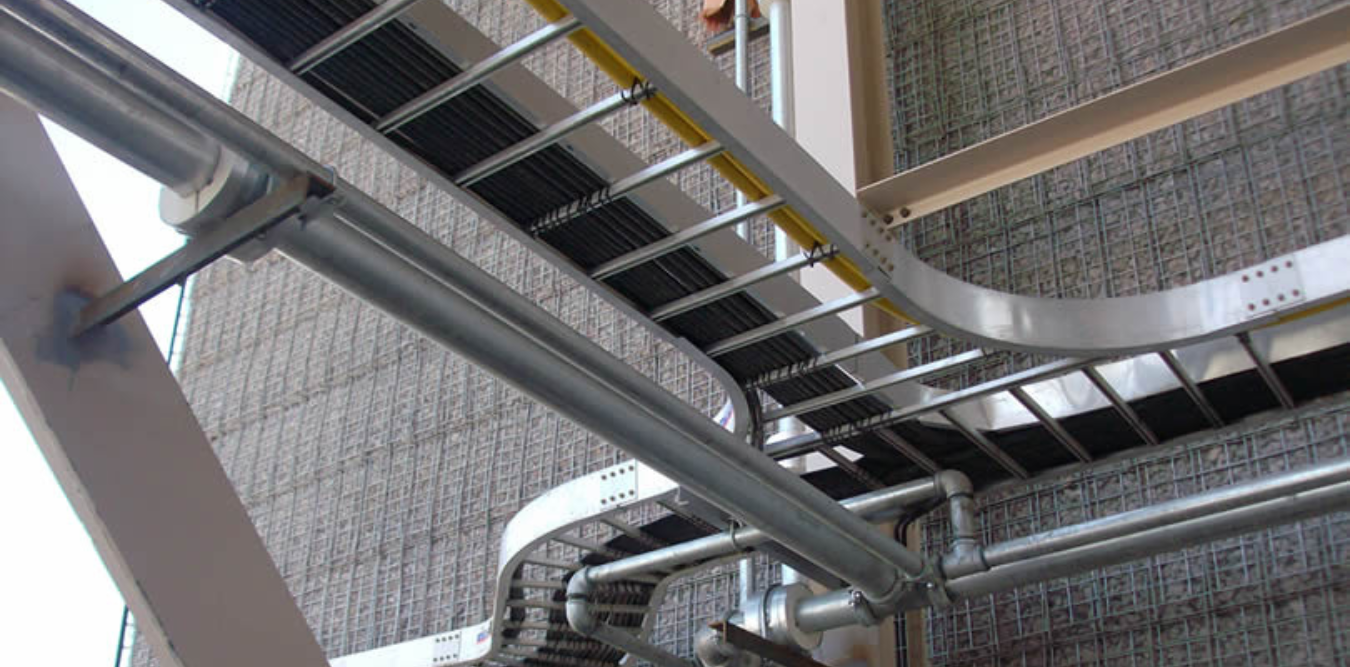Introduction
Cable trays are essential components in managing and organizing electrical wiring in industrial environments. These systems are designed to support the cables, making them crucial for maintaining safety, efficiency, and reliability in various industrial settings.
From manufacturing plants to power stations, cable trays provide:- A structured pathway for electrical cables.
- Preventing hazards such as overheating and short circuits.
- Mechanical damage.
Their importance in industrial environments cannot be overstated, as they contribute significantly to operational efficiency and workplace safety.


